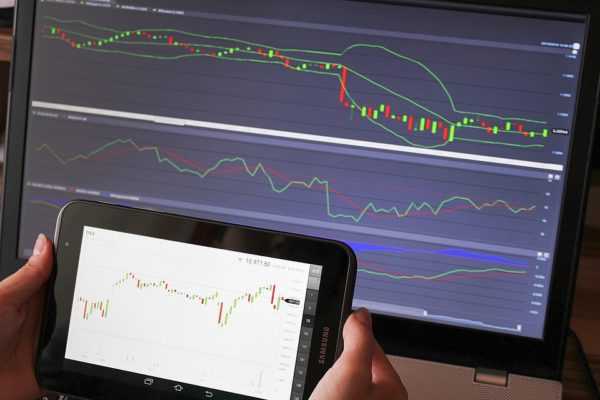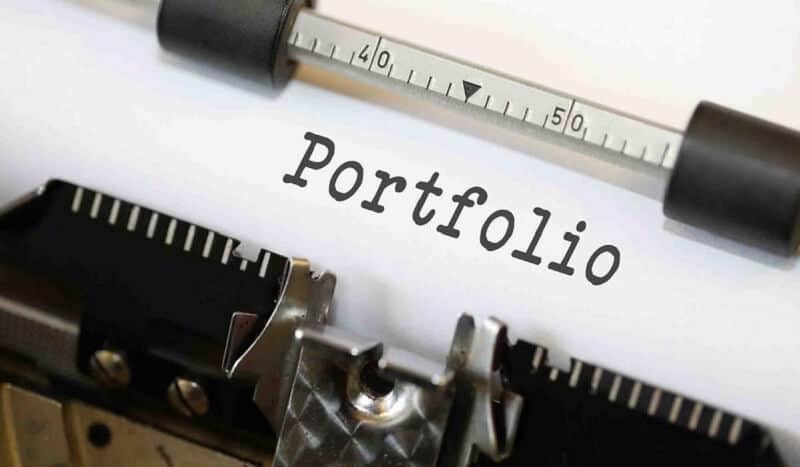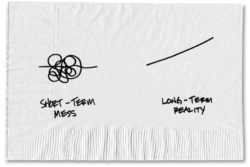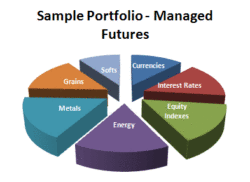
Following the lead-traders is good but also can be very risky.
By Guy Avtalyon
Following the lead traders is good but also can be very risky. So, what to do?
I would be happy if the answer is so easy. Unfortunately, that’s a very difficult question and the answer is complex.
The first thing you have to make clear is, are you ready to take risks? How much and how long? Why do you trade?
Because on the basis of the answer you will choose the traders you will be following. There are very “playful” traders, people who are ready for enormous risk, and you are not ready to accept it. Their profit is sometimes very high, but the risk is huge.
Following the lead-traders is connected with some risks
Then, what you have to do?
First of all, you need good information.
You can use the information provided by other traders and you don’t have to learn all the required skills, yourself.
But how to recognize if the information is any good? Of course, you can’t believe everything you read. That means you have to test all the provided data or you decipher the charts. Even when you get all the information there is no guarantee that you will get it right. Why? Well, you know, even the best traders lie sometimes.
How can you be sure that a trader is good?
One of the most popular tools to evaluate a trader’s performance is community feedback. Successful traders usually have many followers and there will be a lot of helpful feedback you can use when you make the decision to take his advice or copy him or her. But be careful, a trader can be good but unpopular. Maybe someone doesn’t like his/her attitude, or simply because he didn’t get that 400% profit the users who copied him were counting on.
Is community feedback a good indicator that a trader is worth following
Community feedback can serve as an indicator, but not the only one.
You can find some platform that allows you to have a look at a trader’s investment history and current portfolio. There you can see how much they’ve gained (usually in %) so you can infer how good they are. That can be a good way to choose which trader to follow. But, in order to boost their ratings, they have to leave losing trades open. And if you see that a trader has many losing trades open, this is usually a bad sign.
One trader said he never takes a loss or a win. He just observes the result of his trading edge and moves onto the next. I would follow this trader because he has a great way to think!
Because we will never know with 100% certainty whether our next trade will win or lose. All we can do is implement our edge when the time is right. That means, let the random combination of wins and losses play out for some time. Simple as that.
Who is a successful trader?
In short, a successful trader takes the losing trades are a part of doing business.
The second thing is the portfolio. The portfolio can tell you a lot about a trader. Take a look and if you find he doesn’t have many opened losing trades, it’s quite possible that he knows what he’s doing.
You would like to know how A Trading Portfolio Should Look Like
You have to know whether or not a trader is trustworthy and competent enough for you to follow and copy him. If traders profile is not completed, this might indicate that the trader is relatively new, or that he doesn’t take too much interest in his own profile. And good trader who wants to be followed will take the time to complete his profile. It is important to know if a trader is using real money or virtual money before you start following the lead-traders. Anyone take huge risks with virtual money. So, don’t take any action before you have confirmed that real money is traded.
And a few words about risk management. You will be surprised at how sometimes people will risk much more than you would like. If you don’t like such surprises, make sure that you find someone with your level of risk management.
When you find the right people, there is still no guarantee that they will make you money.
When you start following the lead-traders, you must have in your mind one thing: if you choose the wrong people you will lose money. You have to find exactly what you’re looking for in order to get the best chance.
What you need to know before following the lead traders
You must know that success is never a straight line. Keep in mind that hard times are a time for growth. The times of struggle are an opportunity for you to find the discipline to stick to your proven edge.
The truth about lead traders, as in billionaire rich is:
1) Some of them grew up in middle-class families and some of them did not.
2) Most of them did not start trading with a lot of money.
3) They even had some funny jobs to start with
“The key is consistency and discipline. I don’t think anybody winds up making money in this business because they started out lucky.” stated legendary Richard Dennis.
“Always use stops,” said Michael Marcus who turned $30,000 into $80,000,000.
Following lead-traders should be helpful but you have to pay attention, really pay attention, who to follow.











